Shirin Frangoul-Brückner

Photo credit: Sven Chichovicz
2024 SEGD Fellow
Shirin Frangoul-Brückner is a visionary designer and the founding partner of ATELIER BRÜCKNER, a global leader in museum and exhibition design. Shirin launched the firm in 1997 alongside Uwe R. Brückner, and soon grew ATELIER BRÜCKNER from a modest scenography and architecture studio into an internationally acclaimed design powerhouse. Guided by the principle of “making the impossible possible,” Shirin’s adept storytelling and multi-sensory approach seamlessly integrate content and spatial translation, creating compelling and immersive experiences for global audiences.
Shirin studied architecture in Kaiserslautern and Stuttgart, and her educational journey laid the foundation for her role as a leading figure in design. Under her visionary leadership, ATELIER BRÜCKNER has embraced the motto “Form Follows Content,” creating immersive narrative architectures that artfully communicates content through scenography. The firm now consists of 130 employees and operates from offices in Stuttgart and Seoul, implementing both temporary and permanent projects on a global scale.
Since 2019, Shirin has been joined in managing the company by partners René Walkenhorst, Britta Nagel, Stefanie Klinge and Eberhard Schlag. Together, they continue to redefine the boundaries of exhibition design, exemplified by projects like the narrative scenography for the 2023 SEGD Global Design Award winner Museum of the Future – Journey of the Pioneers in Dubai. This collaborative approach ensures that ATELIER BRÜCKNER remains at the forefront of creating interactive and inclusive spaces that captivate and engage audiences.
Shirin’s impact on the design world extends beyond her role at ATELIER BRÜCKNER. Her exceptional storytelling and multi-sensory design methods have significantly shaped the fields of museum and exhibition design. Her adept management of complex international projects has garnered widespread respect. Shirin’s dedication to excellence, coupled with her integrity and reliability, has earned admiration from clients, collaborators, and peers. Additionally, her involvement in professional associations, including the German Design Club and her role as a University Council member at Augsburg University, reflects her commitment to advancing design and nurturing emerging talent.
Shirin Frangoul-Brückner’s leadership and unwavering dedication to creating exceptional experiences through design underscore her status as a leading figure in experiential design. Her remarkable career and contributions to museum and exhibition design cement her as a true industry trailblazer.
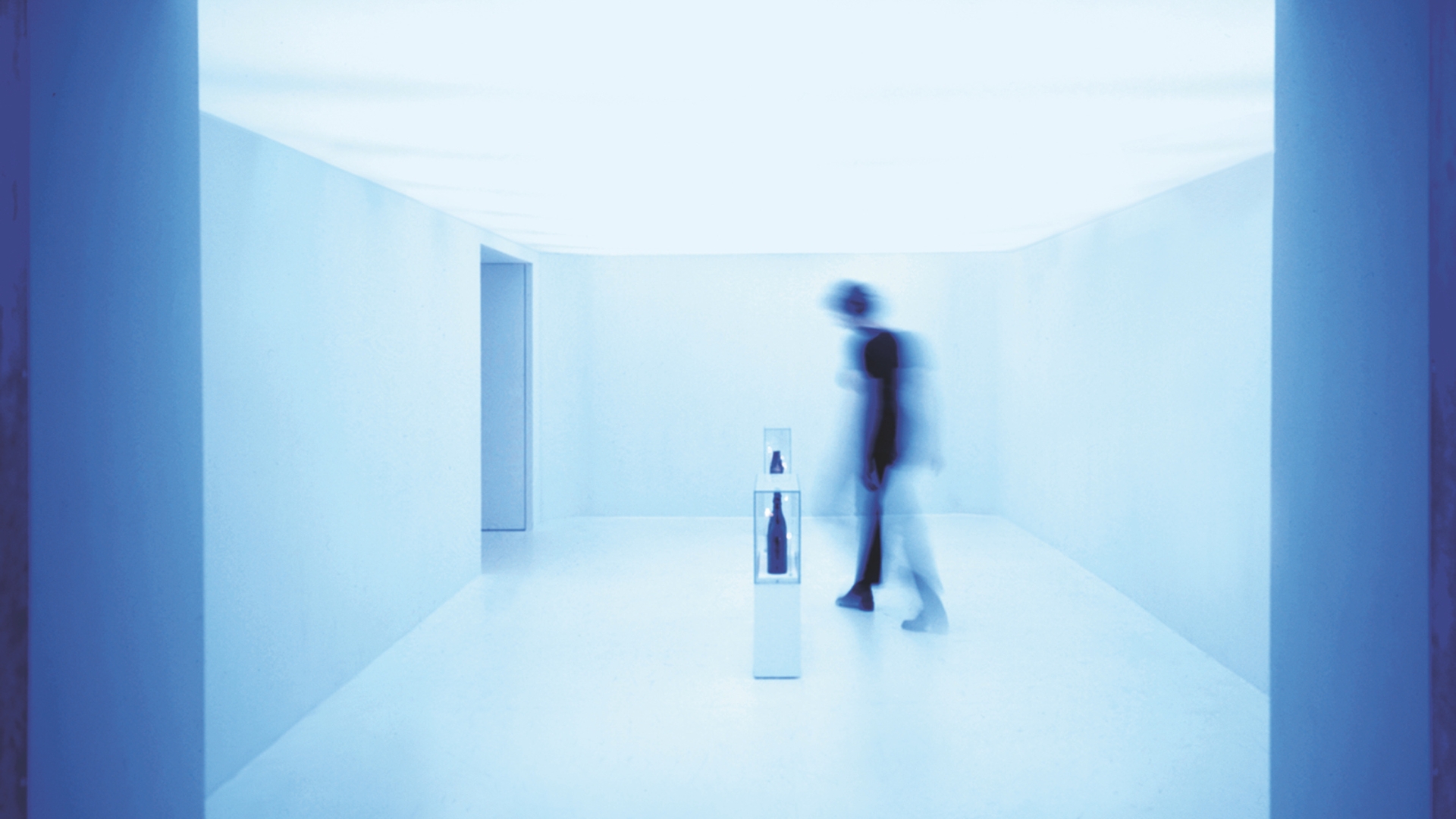
Photo credit: Uwe Ditz
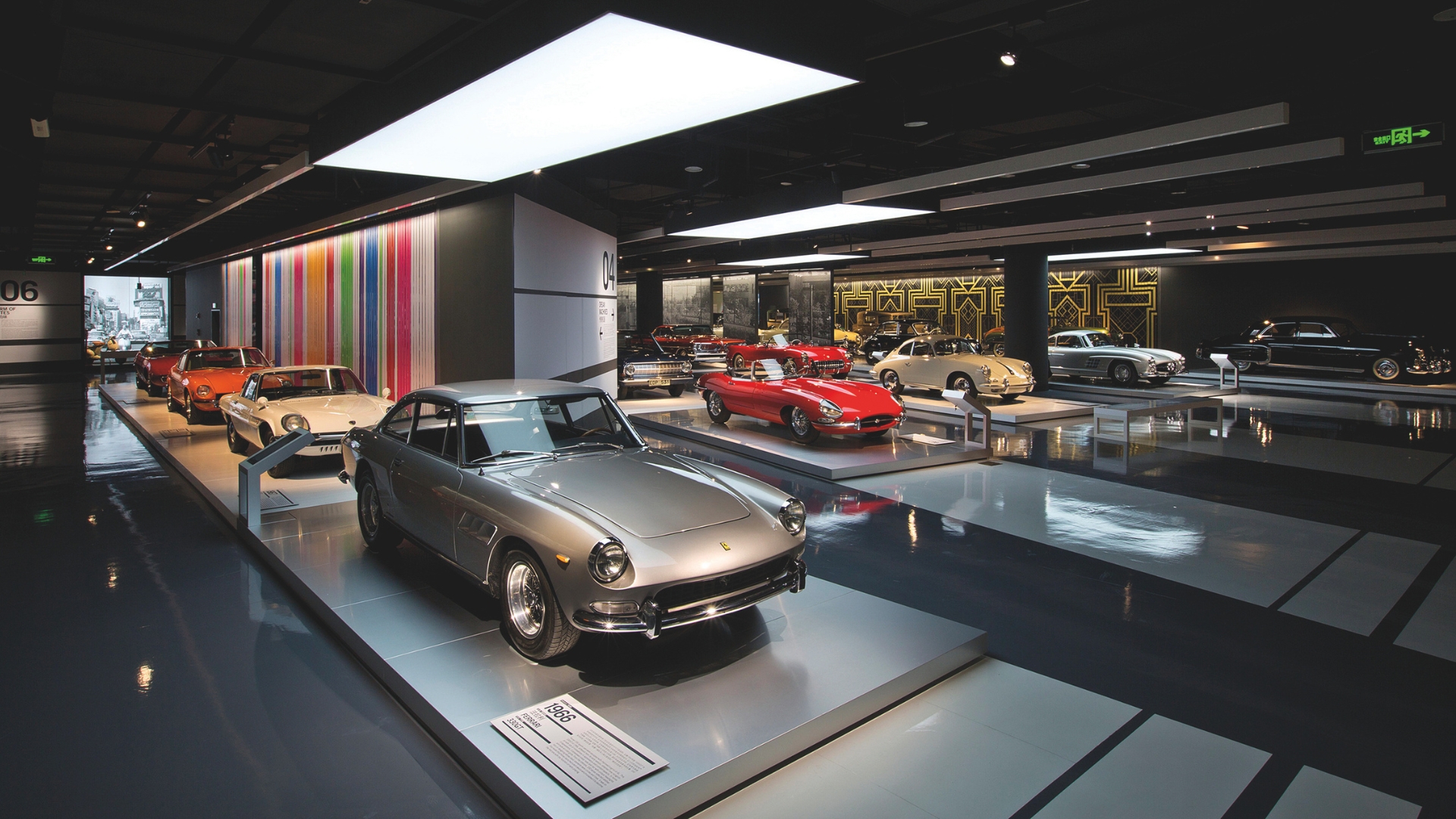
Photo credit: Shanghai Auto Museum
How did you get started in design, and what set you on your professional path?
I grew up with an Iraqi father and a German mother, and I was surrounded by relatively conservative expectations regarding career choices. So my options were limited to studying medicine, law, or engineering. Given my choice of higher-level courses in school, which were mathematics and arts, I found that architecture was a perfect blend between creativity and logical thinking. It offered a broad variety of possibilities and interacted with many different disciplines, and I really liked that about architecture.
How did you transition from architecture to scenography and exhibition design?
I had just finished my studies when ATELIER BRÜCKNER had the opportunity to design the “Expedition Titanic” in the harbor city of Hamburg. This became our first project. The exhibition was not just didactically informative but also involved emotional storytelling. It was a new approach to exhibition design, where we applied the principles of scenography to put the visitor at the core of the experience. From there, we were invited to participate in several competitions, first nationally and then internationally, and remarkably, we won all of them.
What was a project that changed the trajectory of your career or opened your eyes to new things?
Our first non-European project, the Shanghai Auto Museum, was a remarkable step forward because this project presented the challenges of understanding different cultures and completely different working methods. I learned that by balancing the mentality of decision-making versus discussion, projects can be pushed forward effectively in a much shorter time without compromising on quality. This was also a complete shift in our office and the way we work. We went from European-driven projects to international projects with completely different challenges.
What can design and exhibitions do to transform visitors into change-makers?
This is always our goal when we do exhibitions. A great example of this is the National Center for Civil and Human Rights (NCCHR) in Atlanta. Here we collaborated very closely with the center’s team and co-designed the exhibition with the communities. This project was truly dialogue-based and workshop-driven, where we engaged in meaningful exchanges and learned from the input from the communities involved. This stands out as a testament to the power of collaborative design and the impact it can have on both the creators and the audience.
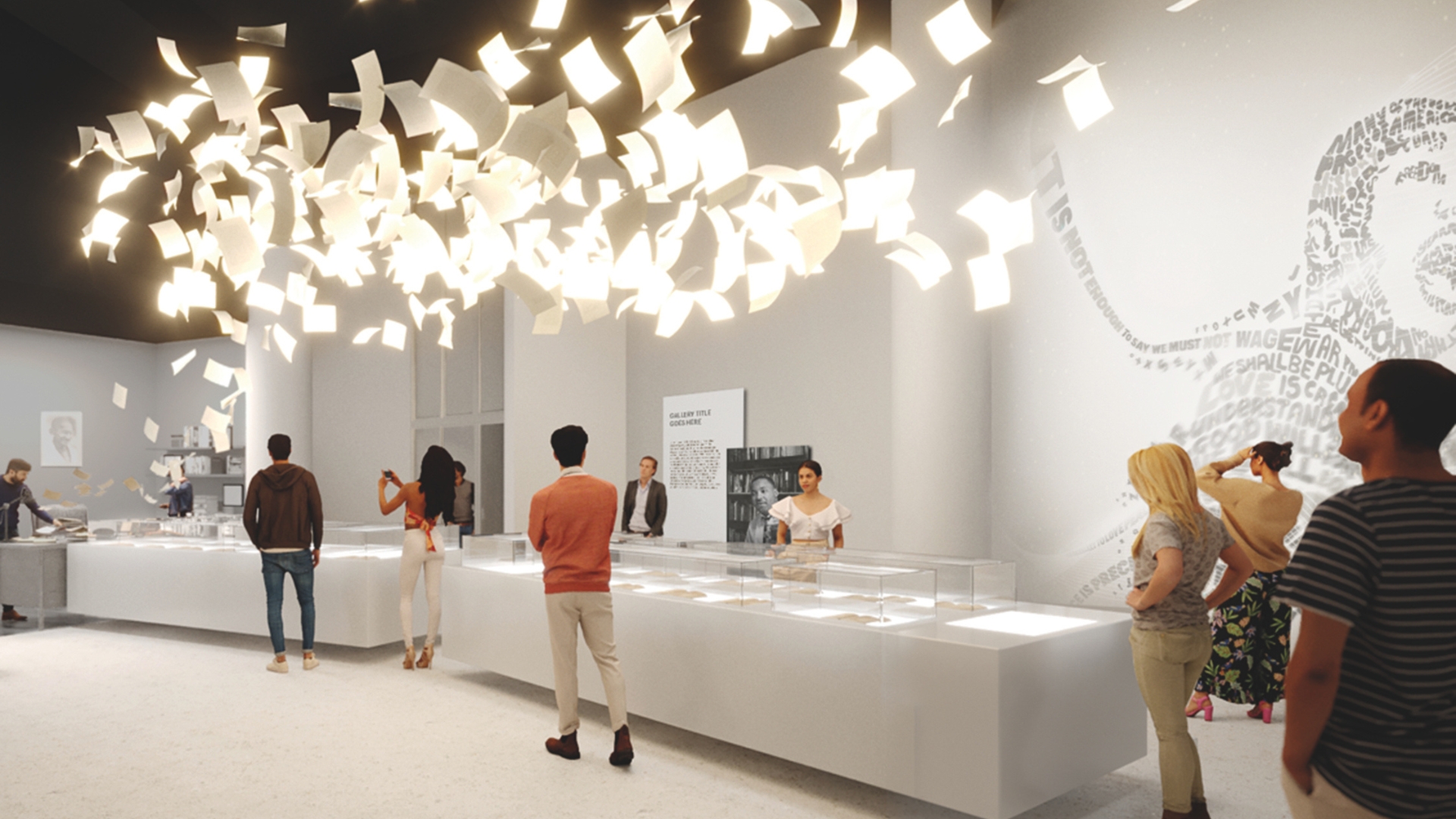
Rendering: ATELIER BRÜCKNER
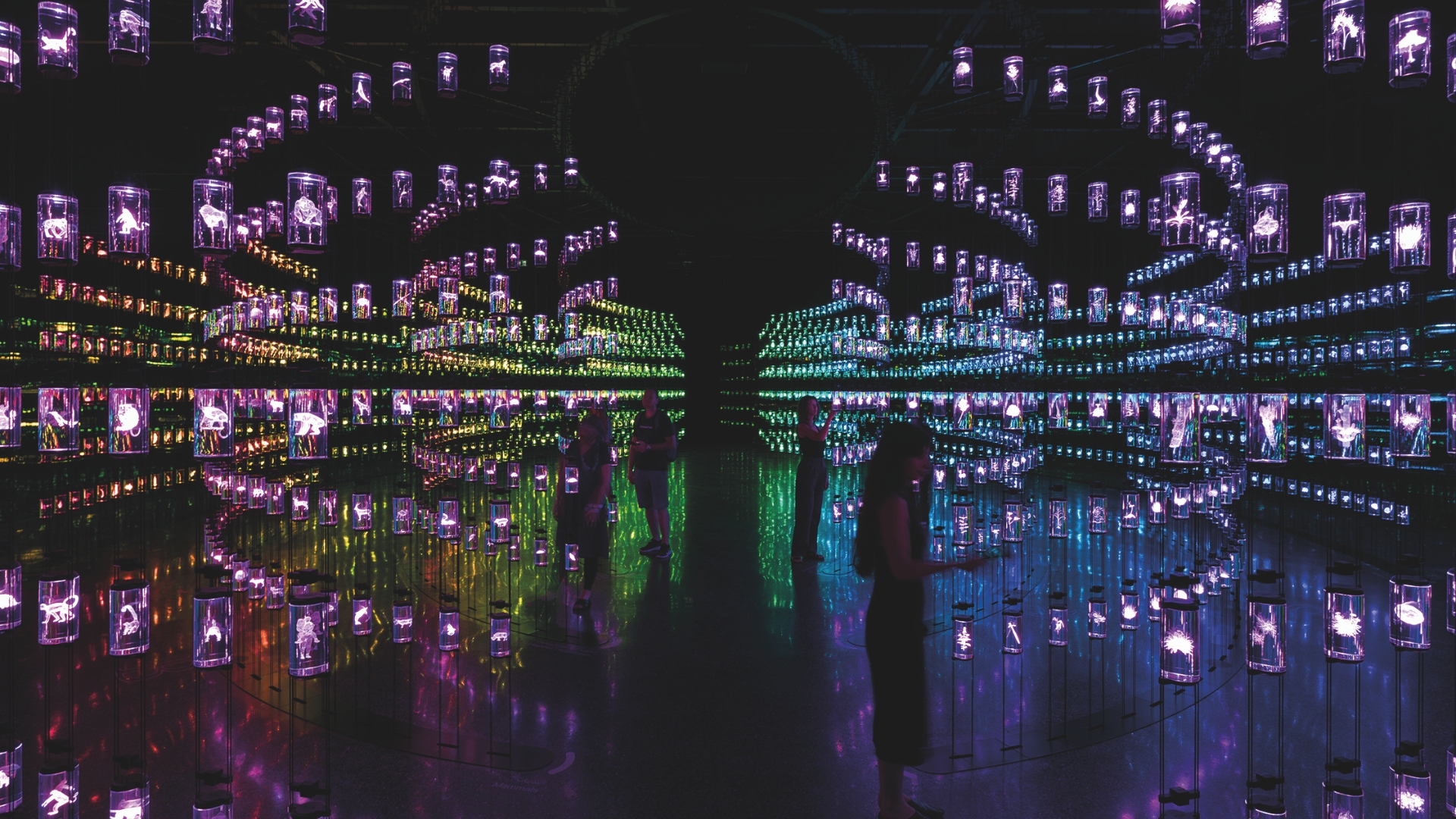
Photo credit: Giovanni Emilio Galanello
How do you maintain an optimistic and solutions-based culture in your office?
Cross-cultural dialogue in our office is part of our daily life. People come into our office with different backgrounds, but we share common values and require a high level of tolerance and mutual understanding. This diversity is a source of inspiration. Learning from other cultures, from different design disciplines, and from younger generations is enriching and promising for us. Despite our varied backgrounds, we share one common goal—creating design that sparks curiosity and provokes thought among visitors. This collective mission drives our joint endeavors, inspires our creativity and leads us to success. You can see this in projects of a completely different dimension, such as the Grand Egyptian Museum. Diversity also ensures that our projects resonate with audiences around the world.
Where do you believe the field of experiential design is headed?
I think the future will bring us more customized experiences for individual visitors and a variety of target groups. New formats like role-playing games and immersive experiences will enable more direct and customizable visual engagement with content. I also think that direct interaction with people—with guides and with other visitors—will become increasingly important, especially in our digitally driven world. It will remain crucial to have a strong storyline that will capture the visitor’s attention and serve as the backbone of a good experience. That will never change.
What advice would you give to young designers?
These are the three things that I tell young people. First, be dedicated—commit yourself to your work and identify with what you do. It’s important to live in the moment and take opportunities to shape your life professionally and personally. Second, be authentic—develop your own personality and remain true to yourself. Be proud of your work and approach your professional environment with authenticity. Third, have courage. Everyone feels fear, and while we should respect it, we must not let it control us. Courage is not the absence of fear; it’s the act of overcoming it. Success lies in facing and overcoming the unknown.
How and where do you find joy?
Working with a truly creative team brings incredibly inspiring moments. When we get together to brainstorm and develop ideas, it’s amazing to see what we can produce. I strive to recognize and appreciate our daily achievements, especially the small ones. For example, this award I’m receiving wouldn’t have been possible without the fantastic team behind me enabling us to do all that. I’m really happy to see them embrace their responsibilities, driving initiatives and achieving remarkable things together.
People also viewed
-
Who Inspires You? Nominations Open for the SEGD Achievement Awards
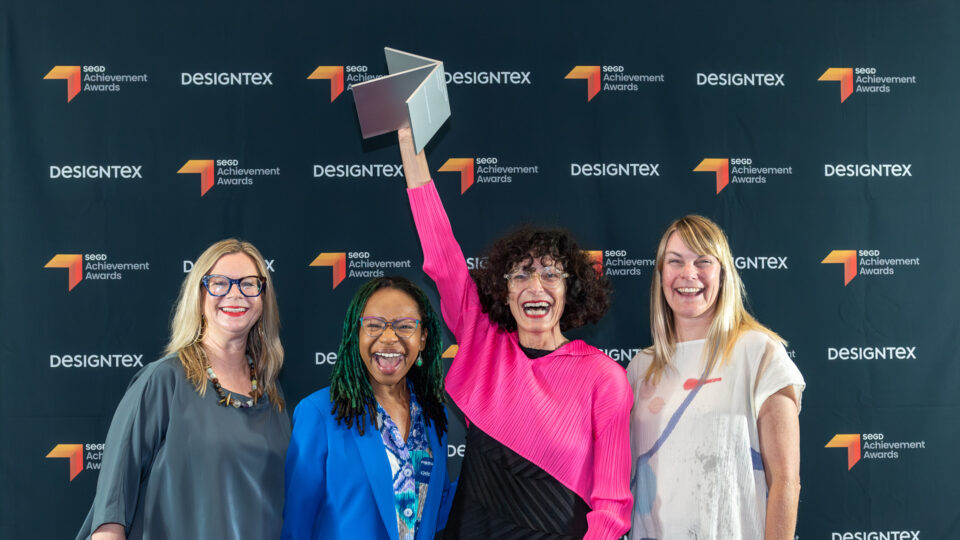
Who Inspires You? Nominations Open for the SEGD Achievement Awards
-
The 2024 SEGD Class of Fellows

The 2024 SEGD Class of Fellows
-
Museum of the Future – Journey of the Pioneers

Museum of the Future – Journey of the Pioneers